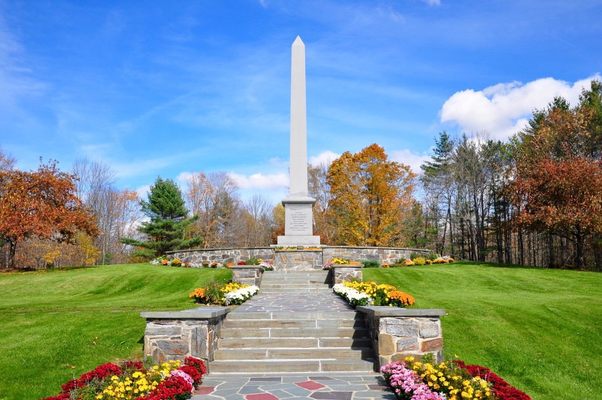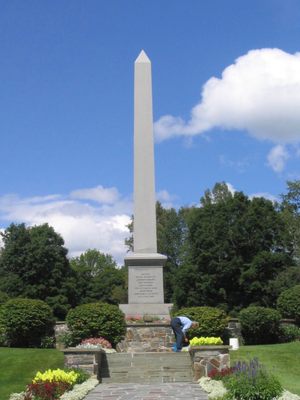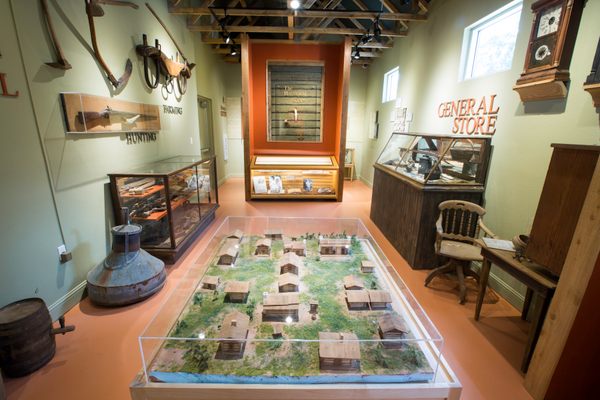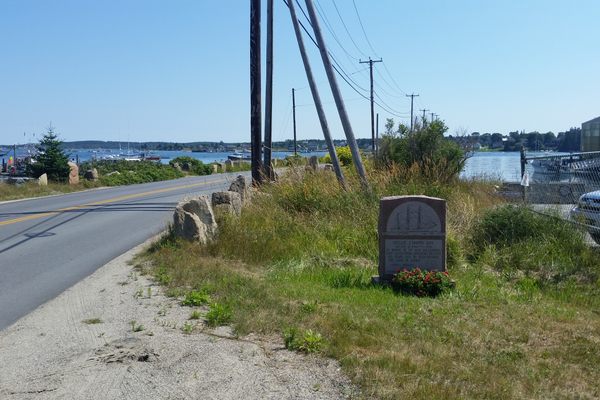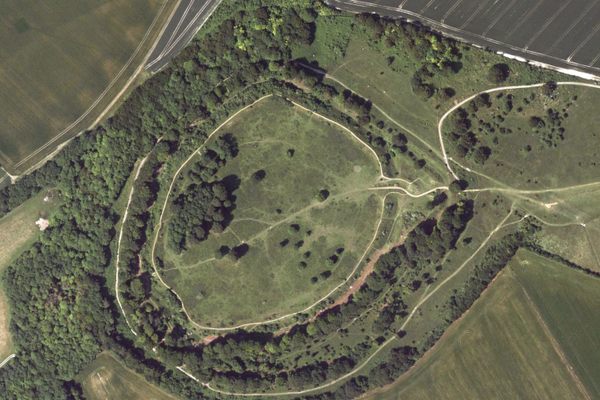About
On December 23, 1805, Joseph Smith Jr. was born in a small farmhouse in Sharon, Vermont. Named for his father, he spent his early years living on the farm owned by his maternal grandfather, Solomon Mack.
Smith was the fifth born child of his mother, Lucy Mack Smith, and had 10 siblings. He only lived at his birthplace for three years. His family, financially ruined when a business associate cheated the elder Smith, moved seven times in the first 14 years of his life. His family eventually left New England when Smith was a young man.
Smith spent his early adulthood exploring religion, and claimed he was visited by an angel who told him the story of what would become the Book of Mormon. He went on to found the Church of Jesus Christ of Latter-day Saints in 1830, then set out west to spread the word through Ohio, Missouri, and Illinois.
Today, the Mormon Church considers Smith to be its first president and chief prophet. As the 100th anniversary of Smith's birth approached, admirers from within the church sought ways to commemorate the event. In 1884, a church leader named Junius Wells visited the site of the old farm. He found the area greatly changed from its original state. Largely reclaimed by the forest, only the cellar walls, hearthstone, and front doorstep remained of the former home. There was even some question as to which house Smith was actually born in, and thereby which town (the property sits on the boundary line between Sharon and South Royalton).
At the direction of the Mormon Church, 68 acres of the former farm were purchased to build a monument to their prophet. They selected an obelisk for the memorial cut from polished granite from a nearby quarry. The obelisk is described as "the world's tallest polished shaft." The total height, including the base, is 50 feet, while the obelisk itself is 38 1/2 feet, one foot for every year of Smith's life.
The monument officially dedicated on December 23, 1905, on Smith's 100th birthday. Joseph F. Smith, nephew of Joseph Smith and then leader of the Mormon Church, led the dedication service. The site has been continuously owned and operated as a tourist attraction ever since. Today, a visitor's center and meetinghouse sit on the property. Short hiking trails cross the site, leading to other historic remnants of the Mack farm.
Related Tags
Know Before You Go
Admission to the site is free. Guided tours are available for free, but the site is largely self-directed.
Published
June 6, 2019
